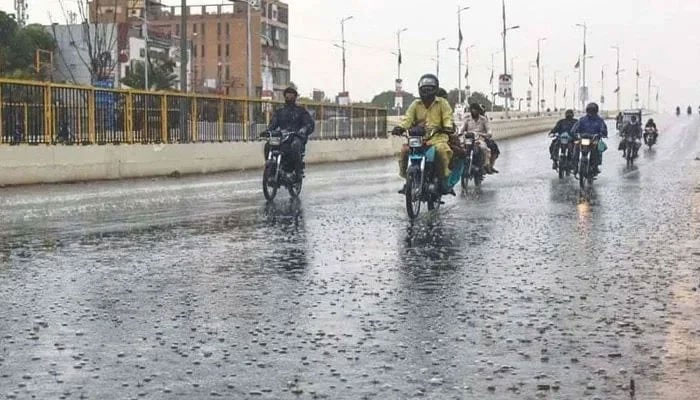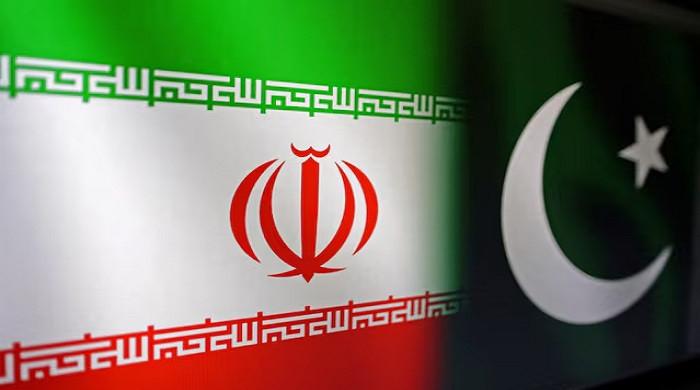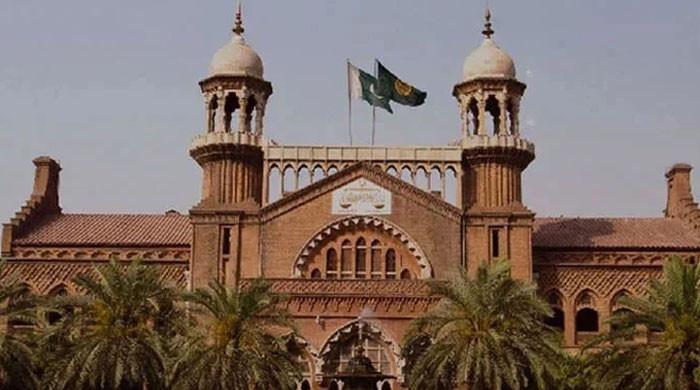Monsoon rains likely to hit Karachi in first week of July
Weather expert predicts "more than usual" rains in southern Sindh, including Karachi this year
June 19, 2024

- "Medium-level pressure over Arabian Sea" to bring monsoon rains.
- Pakistan expected to see first monsoon downpours from June 27.
- "Long-term forecast" could change in future, says weather expert.
KARACHI: Weather experts predicted the arrival of monsoon season in Karachi in early July under “a medium-level pressure over the Arabian Sea” likely to be created on June 30.
A weather analyst told Geo News that a medium-level pressure is expected to be created over the Arabian Sea on June 30 which would result in the first spell of downpour to the port city in the first week of July.
The monsoon season will commence from June 27 to July 4 across Pakistan, whereas, the experts forecast “more than usual rains” in southern areas of Sindh, including Karachi this year.
However, the expert termed it a “long-term forecast” which could further change in future.
Earlier, the Pakistan Meteorological Department (PMD) stated in its daily forecast that mainly very hot and dry weather is expected in most plain areas of the country during the daytime.
However, gusty winds and windstorms with isolated rain-thunderstorms are expected in northeast Punjab, Islamabad, Potohar region, upper Khyber Pakhtunkhwa, Kashmir and Gilgit-Baltistan during evening night.
It also predicted that some areas of Karachi would experience drizzle late Wednesday night, however, the weather in the port city is expected to remain hot and humid during the next 24 hours.
'Below-normal rainfall' in India
On the other hand, India is likely to receive below-normal rainfall in June due to slow progress which raised concerns for the agricultural sector of Asia's third-largest economy.
Summer rains, critical to India’s economic growth, usually begin in the south around June 1 before spreading nationwide by July 8, allowing farmers to plant rice, cotton, soybeans and sugarcane.
The country is most likely to receive below-normal rains, or less than 92% of the long-period average rainfall, the state-run India Meteorological Department (IMD) said in a statement.
India has received 20% less rainfall than normal since June 1, according to data compiled by the IMD, with almost all regions except for a few southern states seeing shortfalls and some northwestern states experiencing heat waves.
The monsoon is the lifeblood of the nearly $3.5-trillion economy, bringing nearly 70% of the rain India needs to water farms and refill reservoirs and aquifers.
With additional input from Reuters











